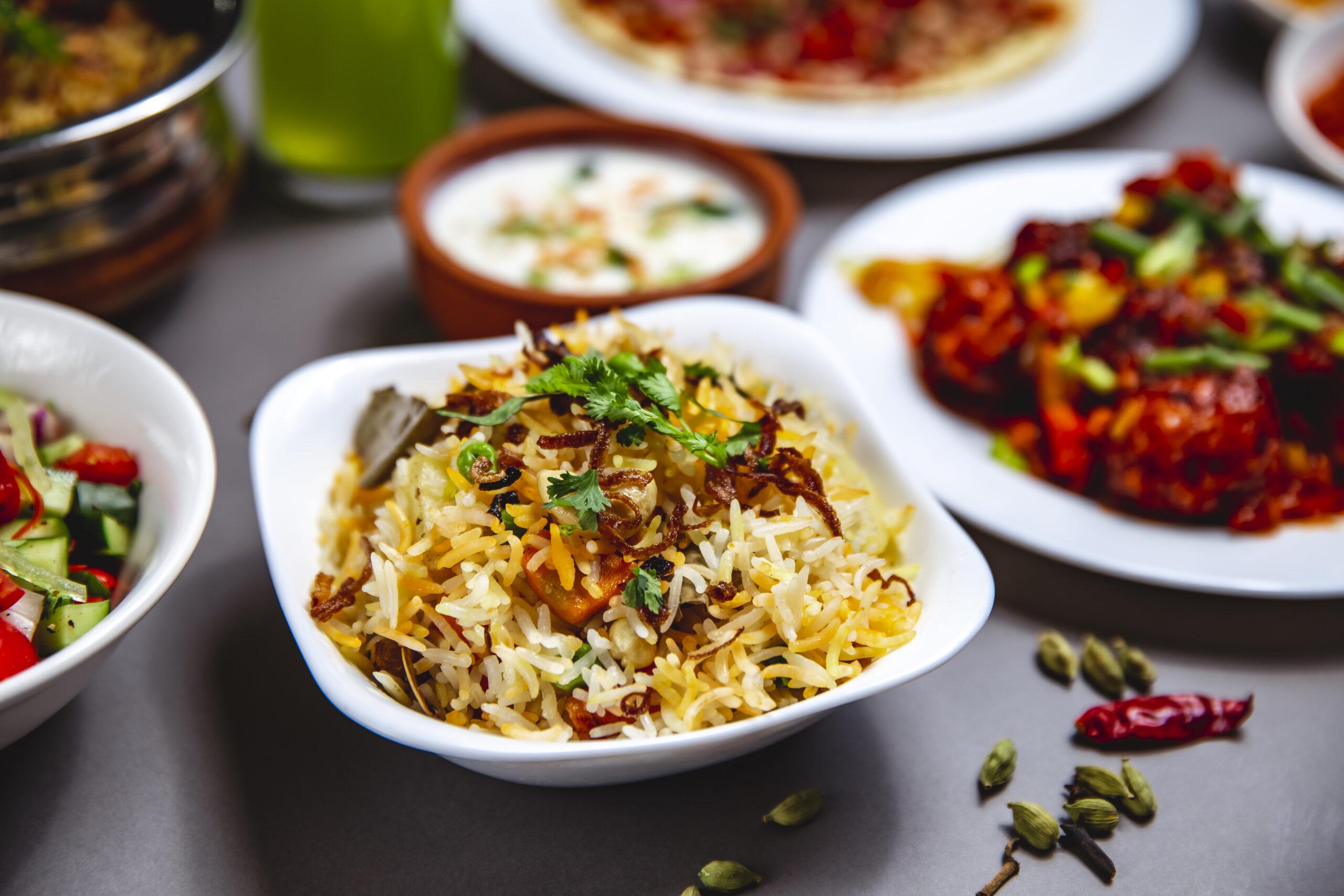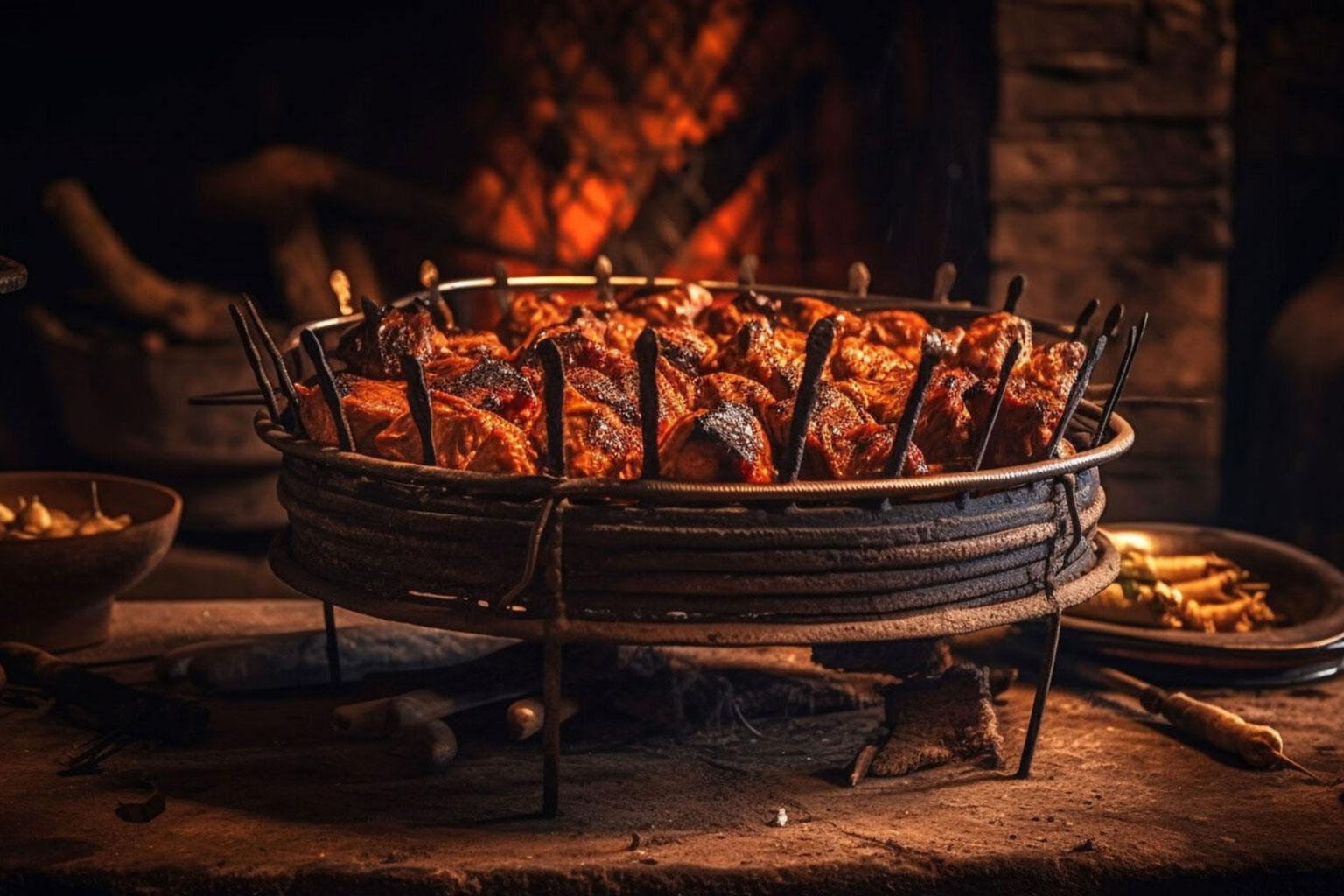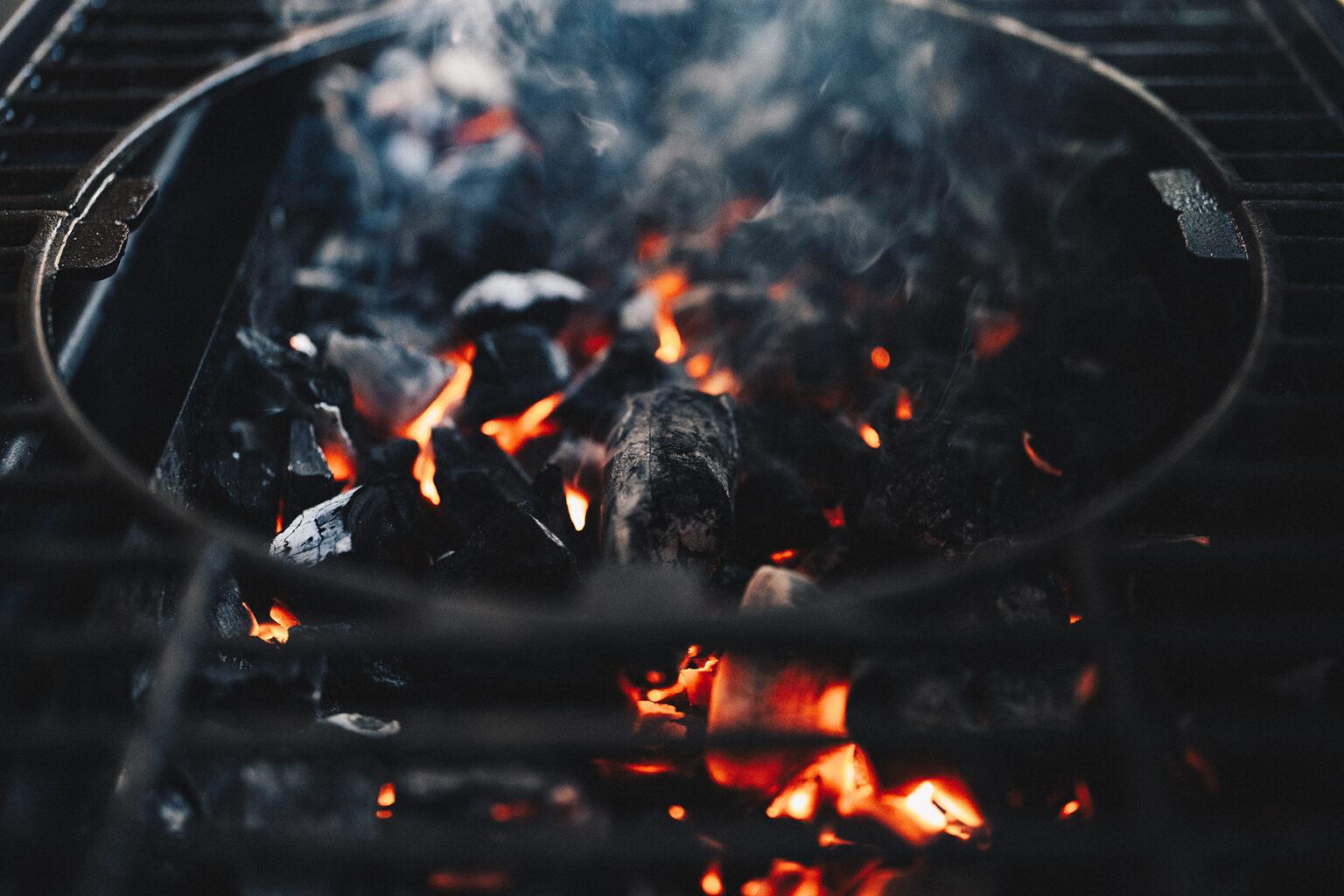Indians love their curries and have long perfected the usage of spices, in diverse dishes. Not just those, the implications of the Indian culinary culture on the advent and evolution of different Persian cuisines are also evident. One such benefactor has to be the Awadhi style of cooking which originated in Central Asia but acquired its truest possible form when adopted by the Nawabs of Lucknow.
What started out as a blurring line between Mughlai and Awadhi cuisine, eventually evolved into a well-demarcated sphere for both these cooking forms! Upon arriving in India, the Mughlai cuisine was toned down based on the dietary preferences of the Nawabs. While even the Nawabs migrated from Central Asia, they started admiring the Indian cooking style and thought of pairing the best practices with their existing cuisine.
At this point, the bawarchis and rakabdars started innovating and extrapolating the known recipes based on the Indian context. The gastronomic culture of the north-Indian region started percolating inside the food preferences of the Nawabs, thereby emphasizing the restrained inclusion of spices. The Indian style of cooking relied heavily on the usage of indigenous items and the bawarchis of the Lucknow era started focusing on the same.
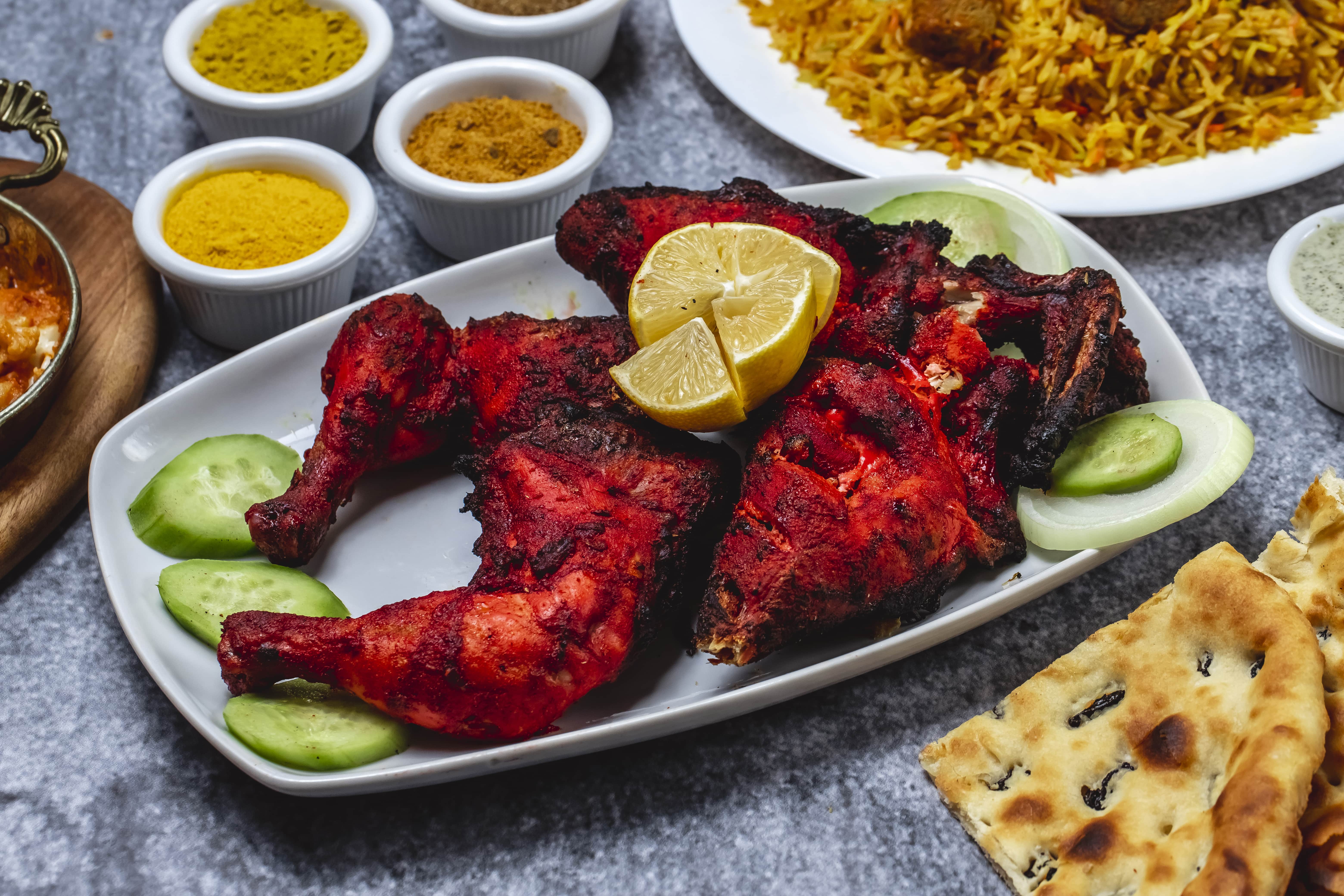
The likes of different food softening techniques using papain started getting the requisite levels of attention. However, the Nawabs started liking the taste of Tawa-cooked dishes which added a sense of exclusivity to the Awadhi dishes. It isn’t a hidden fact that Persians were adamant about using tandoor for fast-cooking food items. However, the Indian style of cooking concentrated on slower methods which eventually allowed the item to maintain its nutritional sanity. The bawarchis of Lucknow were quick to grasp the concept and started implementing the same, as the underlining cooking method for the Nawabs.
Other Similarities
Charcoal-induced cooking zones are synonymous with the Indian culture but due to the slow-cooking considerations, Lucknow’s cooks started using this technique for amplifying the taste and quality of preparations. Moreover, several Awadhi cooks closely followed the GileHikmat cooking technique by using the earth as the natural tandoor.
Another interesting factor is that even the Indian cooking culture acquired a lot of context from the Awadhi preparations. Some of the best kebabs that are being served in most Indian restaurants are adopted from the Awadhi era. The Indian cooking influence, mixed with the skills of the bawarchis of the Nawabi era made sure that the Awadhi cuisine evolved into something significant.
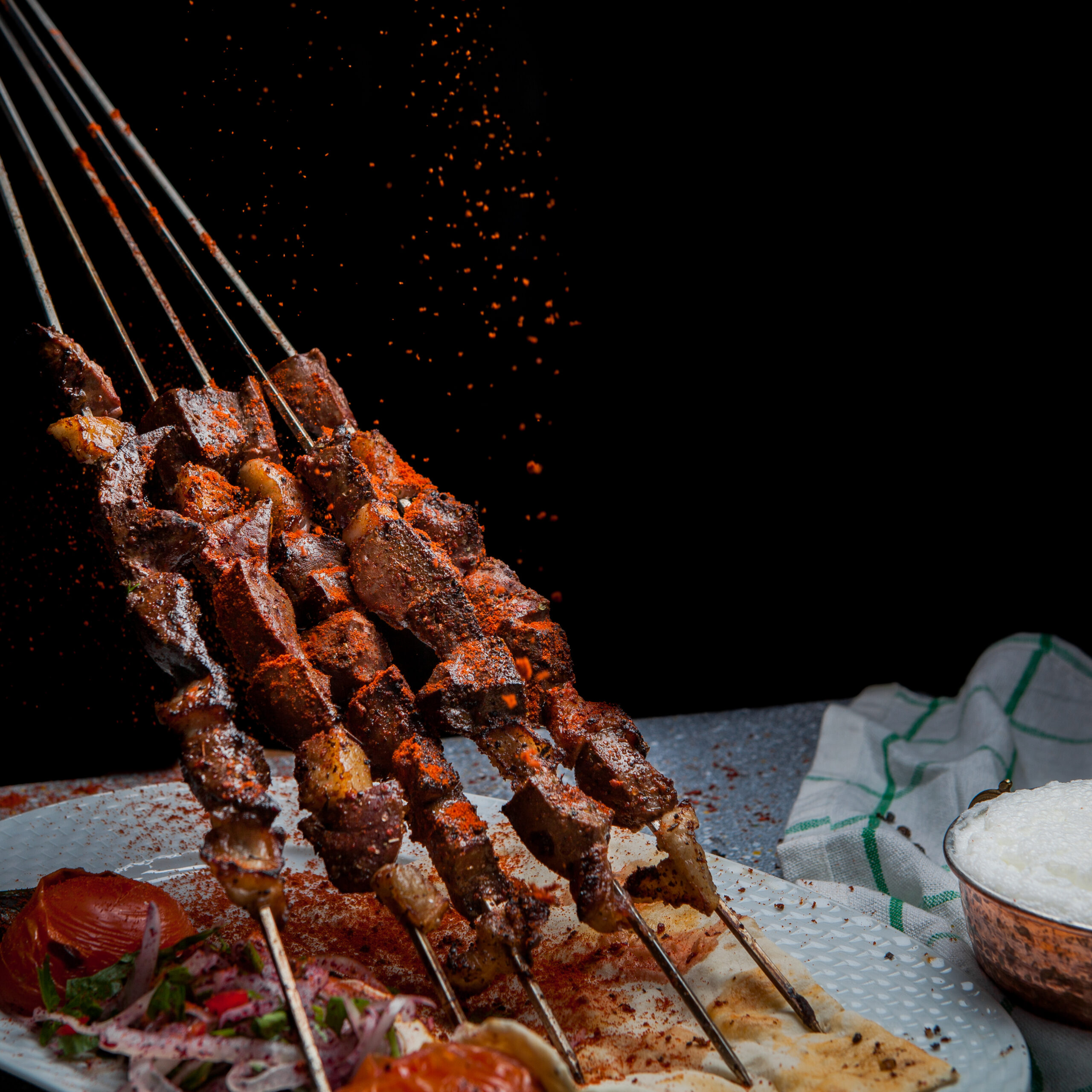
Last but not least, Ghee also found a lot of relevance in the Nawabi era courtesy of the Indian influence. However, the bawarchis of the Awadhi era innovated the style of usage by reducing it will a host of delectable spices.
The Awadh and Legacy of Lucknowi Cuisine
Awadhi cuisine is one of the more popular styles of cooking, bolstered further by several Indian cultural references. Therefore, if you are looking to experience the highest food quality, you can visit The Awadh for an unmatched dining experience, made possible by our expert team of chefs and culinary themes with several Lucknowi undertones.

